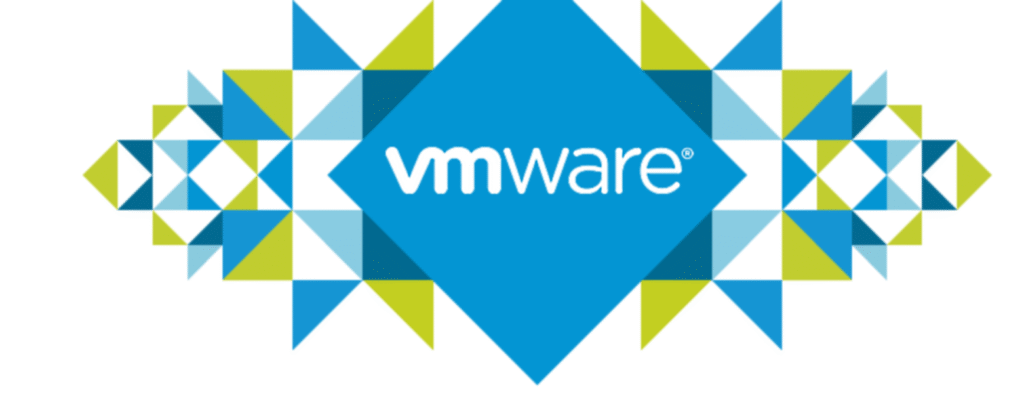Here’s a mini-playbook for running multiple operating systems (Ubuntu 24.04 LTS and CentOS 8) as guest OSes using VMware Workstation Pro on a Windows host.
1. Install VMware Workstation Pro on Windows 11/10
- Download VMware Workstation Pro (Trial/Free for Students & Non-commercial use)
🔗 VMware Workstation Pro
(VMware provides a free trial, and students can apply for academic licenses via VMware Academic Program.) - Run Installer
- Double-click the
.exefile. - Accept license agreement.
- Choose installation folder (default:
C:\Program Files (x86)\VMware\VMware Workstation). - Enable Enhanced Keyboard Driver if needed.
- Complete installation and restart Windows.
- Double-click the
- Activate License (Optional)
- If using free trial → continue without key.
- If purchased → enter license key.
2. Prepare Guest OS ISO Files
Download ISO images of the guest operating systems:
- Ubuntu 24.04 LTS (Desktop/Server) → Download Ubuntu 24.04 ISO
- CentOS 8 Stream → Download CentOS Stream 8 ISO
Save both ISOs in a folder (e.g., D:\VM_ISOs).
3. Create Ubuntu 24.04 VM
- Open VMware Workstation Pro → Click Create a New Virtual Machine.
- Select Typical (recommended) → Next.
- Choose Installer disc image file (ISO) → Browse to
ubuntu-24.04.iso. - Enter details:
- Username & password
- Product key (not required for Ubuntu)
- Assign resources:
- CPU: 2 cores minimum
- RAM: 4 GB minimum
- Disk: 30 GB (recommended SSD storage)
- Select Store virtual disk as a single file → Finish.
- Start the VM and complete the Ubuntu installation.
4. Create CentOS 8 VM
- In VMware Workstation Pro, click Create a New Virtual Machine.
- Select Installer disc image file (ISO) → Browse to
CentOS-Stream-8.iso. - Assign resources:
- CPU: 2–4 cores
- RAM: 4 GB minimum
- Disk: 25–30 GB
- Choose Linux → CentOS 8 64-bit as OS type.
- Complete installation following CentOS setup wizard.
5. Post-Installation Setup
After both VMs are installed:
✅ Install VMware Tools for better performance:
- In VMware menu → VM → Install VMware Tools → Follow installation inside Ubuntu & CentOS.
✅ Networking Setup
- Use NAT (shares host network) for internet access.
- Use Bridged (directly on LAN) for server-like behavior.
✅ Snapshots
- Take snapshots before major changes:
- VM → Snapshot → Take Snapshot → Name (e.g., “Fresh Install”).
✅ Shared Folders
- VM Settings → Options → Shared Folders → Enable → Add Windows folder for file sharing.
6. Possible Guest OS Options
Besides Ubuntu & CentOS, you can also run:
- Debian → Debian ISO Download
- Fedora → Fedora ISO Download
- Kali Linux (Pen-testing) → Kali Linux ISO Download
- Windows 10/11 (Evaluation) → Windows ISO Download
- FreeBSD → FreeBSD ISO Download
⚡ With this setup, your Windows PC becomes a multi-OS powerhouse where you can run Ubuntu 24.04 and CentOS 8 side by side, test applications, simulate servers, and switch environments with ease.



